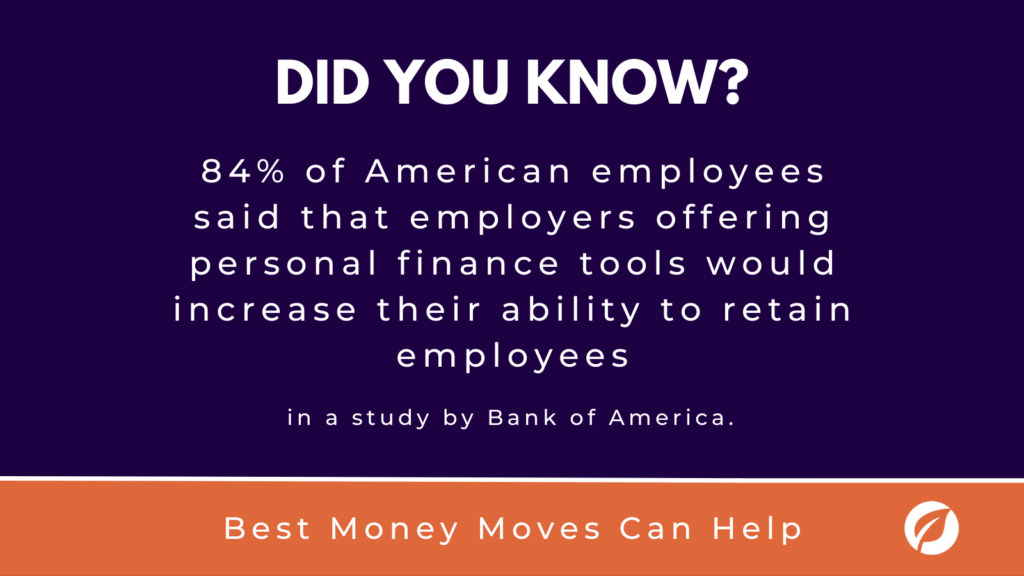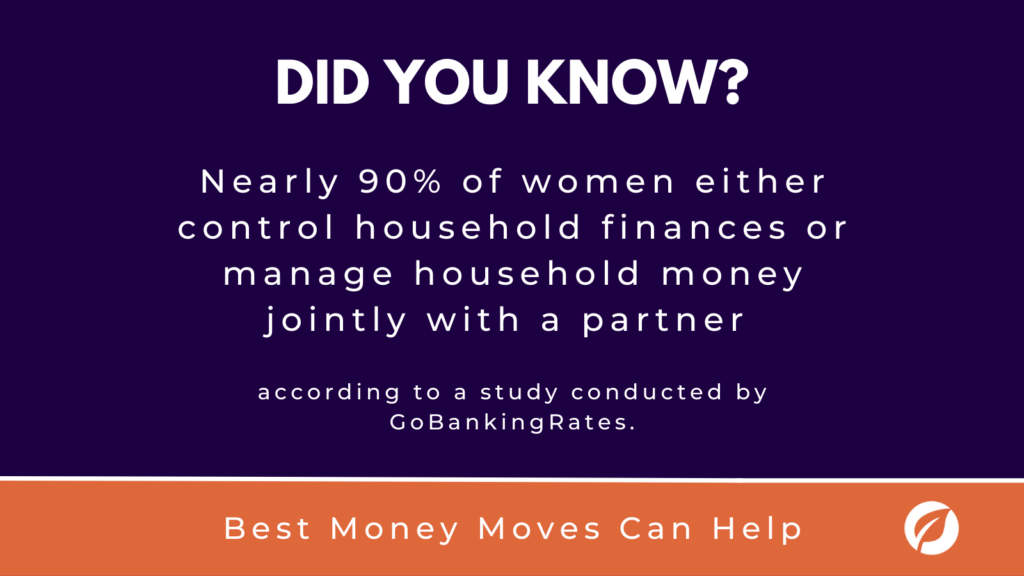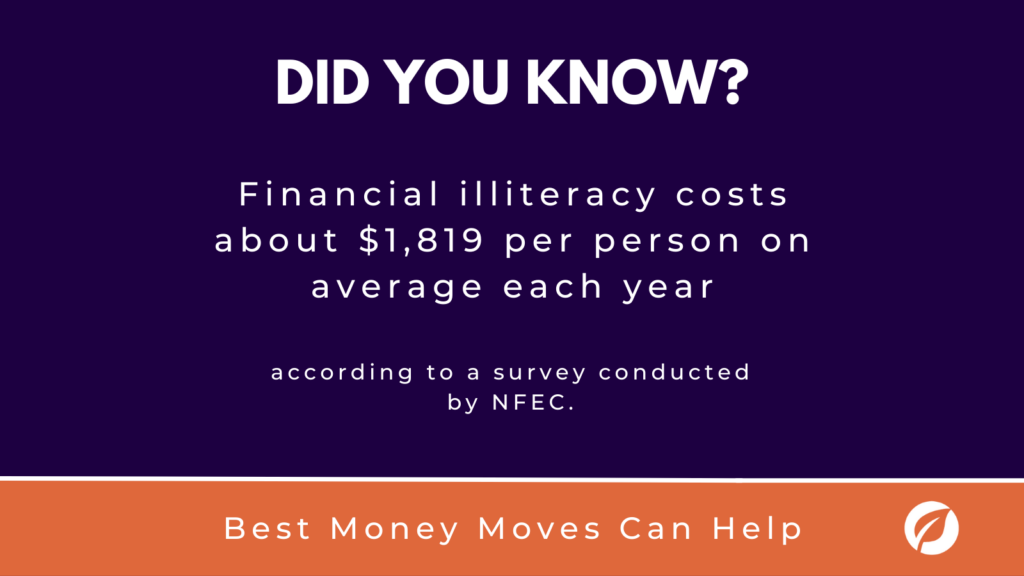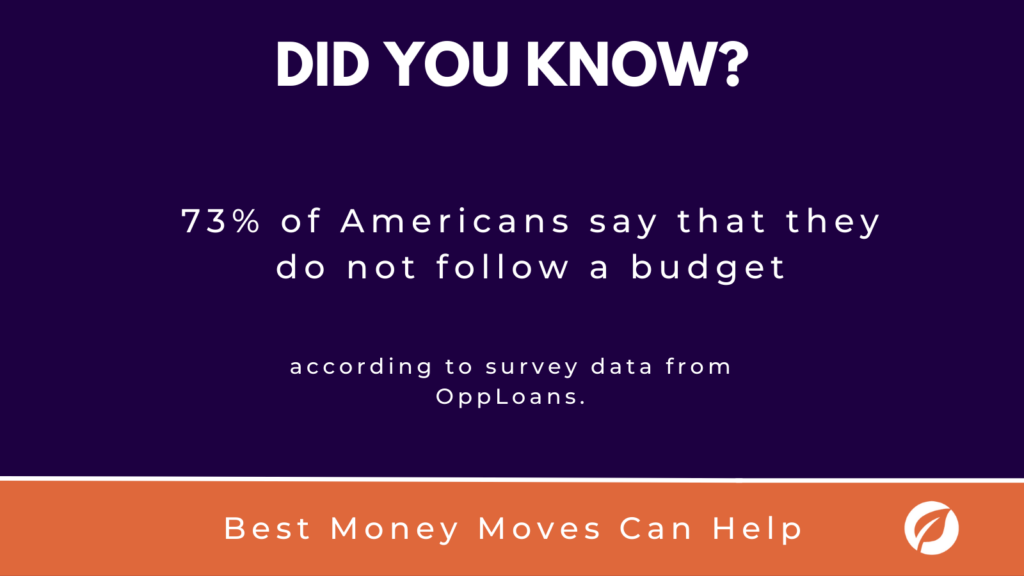
The 5 Best Benefits for Remote and Hybrid Teams
According to a study by Upwork, 22% of all working Americans (around 36.5 million people) will be working remotely by 2025. This marks a dramatic 16 million person increase from the number of remote and hybrid workers before the COVID-19/Coronavirus pandemic.
With remote and hybrid teams becoming much more commonplace, employers must rethink their benefits strategies for a new work landscape. Here are 5 benefits that are ideal for remote workers.

5 Top Benefits for Remote and Hybrid Teams
- Digital wellness initiatives
All employees, whether remote or not, need some kind of wellness benefits. For remote and hybrid teams, digital wellness initiatives offer key advantages to keeping teams connected and well. Offer employees digital solutions for every area of their wellbeing from healthcare to financial fitness. A 2022 study by Bank of America found that 84% of American employees said that employers offering personal finance tools would increase their ability to retain employees. Comprehensive wellness solutions can help employees in any location tackle diverse financial hurdles.
- Remote mental health support
Another way to help your remote workforce is to acknowledge and alleviate stressors brought on by forces outside of the workplace. According to a study by Apollo Technical, remote workers feel very burnt out 11% of the time and about half of workers responded that they don’t feel as if they have the emotional support in place at work to help them through larger tasks. Assisting employees with their mental health is a great way to ensure their stress and burnout is low during particularly taxing tasks and projects.
- Flexible work hours/Increased PTO
Just because an employee is now working from home does not mean they no longer need PTO or the ability to complete work outside of a typical 9-5 schedule. It can be easy as an employer to think that employees are taking advantage of working from home to slack off. However, the opposite has been true. According to a study by Apollo Technical, 65% of remote workers they surveyed reported working more hours when they switched to remote work than when they were in the office. Many remote workers are enticed by working from home due to the ability to work around their personal schedules. It’s important as an employer to understand the needs of your remote workers and provide benefits that help meet their expectations of the role.
- Home office improvement stipends
Working remotely increases an employee’s dependency on the tech they have available around the house. Offering funds for at-home upgrades can improve employee productivity. Another hidden cost of working from home is an increased energy bill. According to the National Bureau of Economic Research, remote workers average a $40-50 a month increase on their energy bill. A stipend to employees helps ensure they have the correct tools to maximize their efficiency and productivity in their home office.
- Home delivery/Subscription services
These benefits can range from monthly subscription boxes to pick your employee’s spirits up with small gifts each month, to streaming services so employees can enjoy the newest movies and TV shows after a long day or week at work. Sending a gift basket or a similar package to all of your employees can help grow bonds and build connections amongst remote employees.
Looking for the right digital wellness platform to reach your remote team? Try Best Money Moves.
Best Money Moves is a mobile-first financial wellness solution designed to help employees dial down their financial stress and meet their most top-of-mind financial goals. With budgeting tools and personalized money coaching, users can easily receive compressive financial advice right from their phones.
Best Money Moves is designed to guide employees through the most difficult financial times and topics. Our dedicated resources, partner offerings and 700+ article library make Best Money Moves a leading benefit in bettering employee financial wellness.
To learn more about Best Money Moves Financial Wellness Platform, let’s schedule a call. Contact us and we’ll reach out to you soon.







